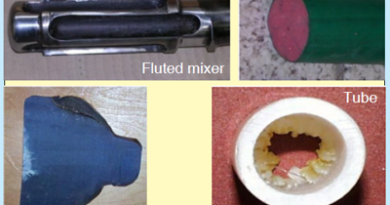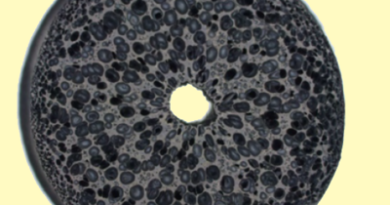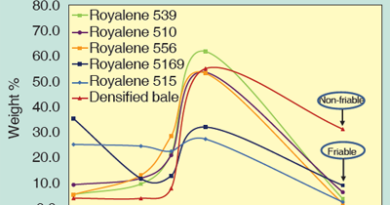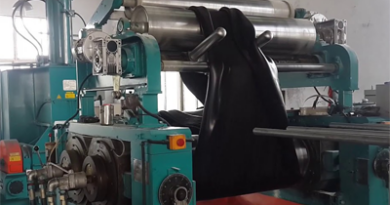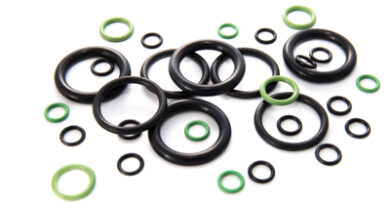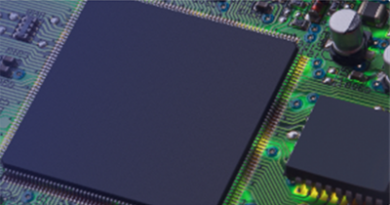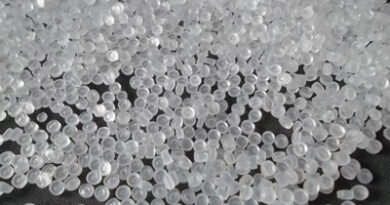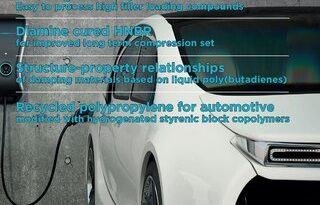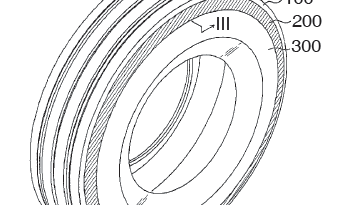Low density liquid silicone enhances recycling
Dow announced the general availability of its first low density LSR for injection molding as part of its Silastic line, and the LSR is initially available to brand owners and formulators in Europe and North America. The material’s properties make it a favorable option, particularly for food dosing valves, closures, dispensers, seals, gaskets and other food contact applications
Read More
